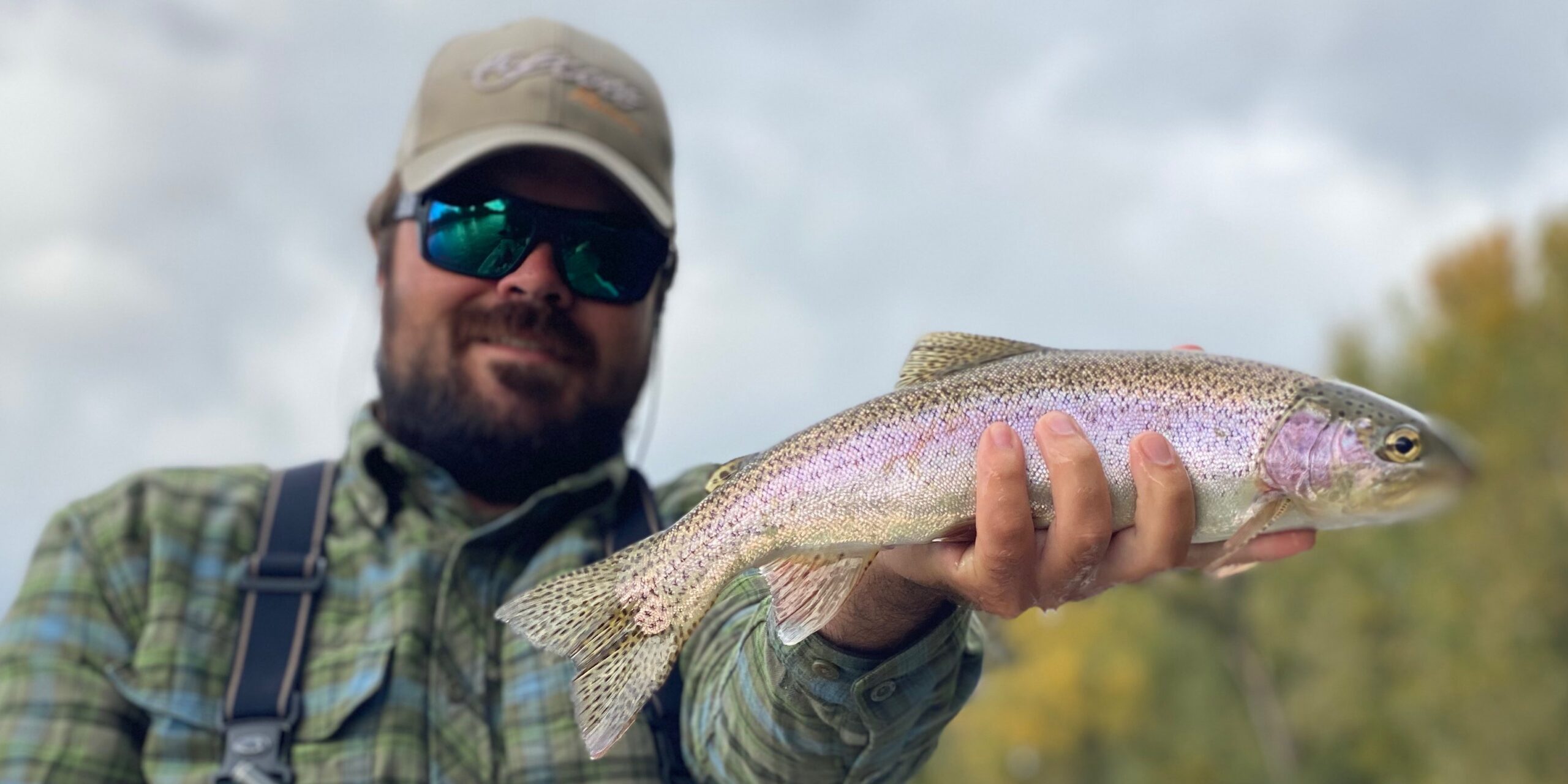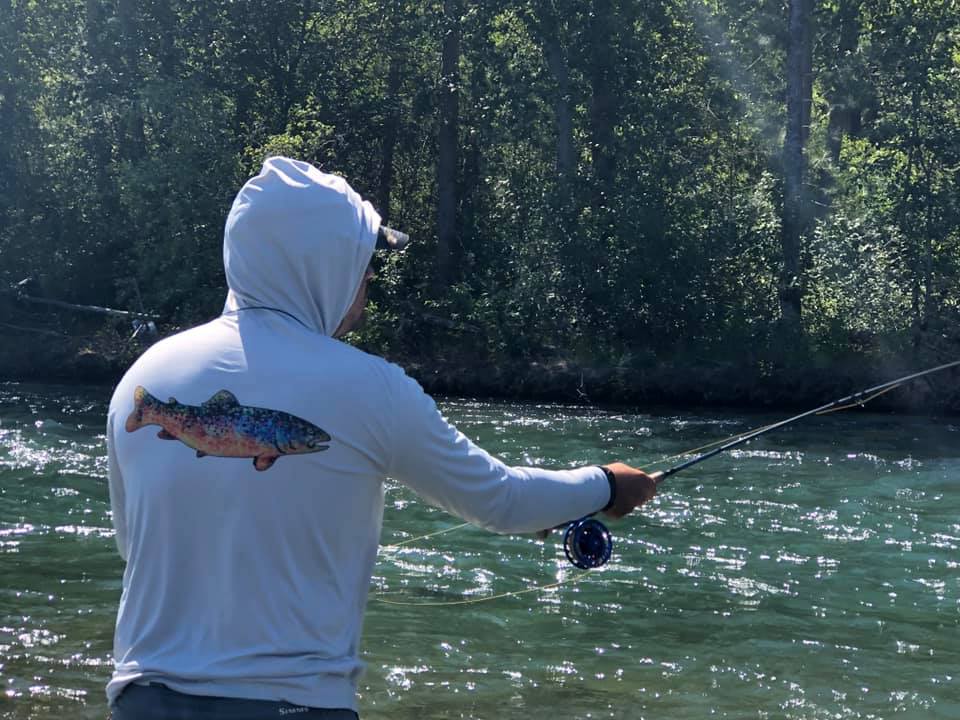
I have been asked countless times if tightline nymphing from a drift boat is possible, and if so, how?
The answer is yes, it is very possible and extremely effective at that. It is like getting an extended drift when you are wade fishing. Imagine fishing a long run and walking down the bank with the flies all the way down the river.
You want to be casting upriver when fishing from the boat just as you would if you were fishing from the shore. This of course maximizes the drift and is especially important when tightline nymphing because we are not able to get as long a drift as with other methods of fly fishing. It takes a little practice to get used to the boat moving with your flies. Especially if the angler is used to fishing from the shore. The drift is longer and slower.

The rower plays a big part in the way this is handled too because when fishing the angler is not able to reach as far as with an indicator. The rower needs to be able to hold the lane and slow the boat down. If the rower is moving in and out, then the flies will follow. When indicator fishing, we can just feed some line out if the boat starts to go off track. The other reason to slow the boat down is that the angler needs to complete the drift. If the boat is moving faster the angler will lose the sensitivity in the rod as the flies drift up in the water column and you might as well not be fishing.
When I am fishing with another angler in the boat, I like to be in the back for two reasons.
- I can cast freely behind the boat whenever I want. Since I am making a lot more casts than someone indicator fishing it is important that my flies are in the water as much as possible. If I am in the front, then I cannot cast as much as I would be casting over the other angler’s line.
- I can water load cast way behind the boat without having to worry about casting over anybody else. Since we want our rod tip downstream of our flies when fishing a tightline nymphing rig this gives me a huge advantage for my drifts.
A slight disadvantage from the front is that the oars can be in the way of the cast if the oarsman is not experienced. When rowing, the rower must keep the line to fish just off the oars. This keeps the oars out of the way of the drift. You would not want to be rowing on top of the fish anyway.
Think of tightline nymphing from a drift boat as a glorified drift. Since all our mechanics are the same as when wading we can get a longer drift with the boat moving.
We do not change what we do when wading. Cast upstream, find bottom, come tight, keep rod tip downstream, and then follow flies downstream. Another advantage of course that is a huge con of tightlining especially when fishing bigger rivers is the reach. The boat can always put you 20 feet away from the fish. This means longer, cleaner drifts and more fish!
Take a look at our tightline nymphing page here.
